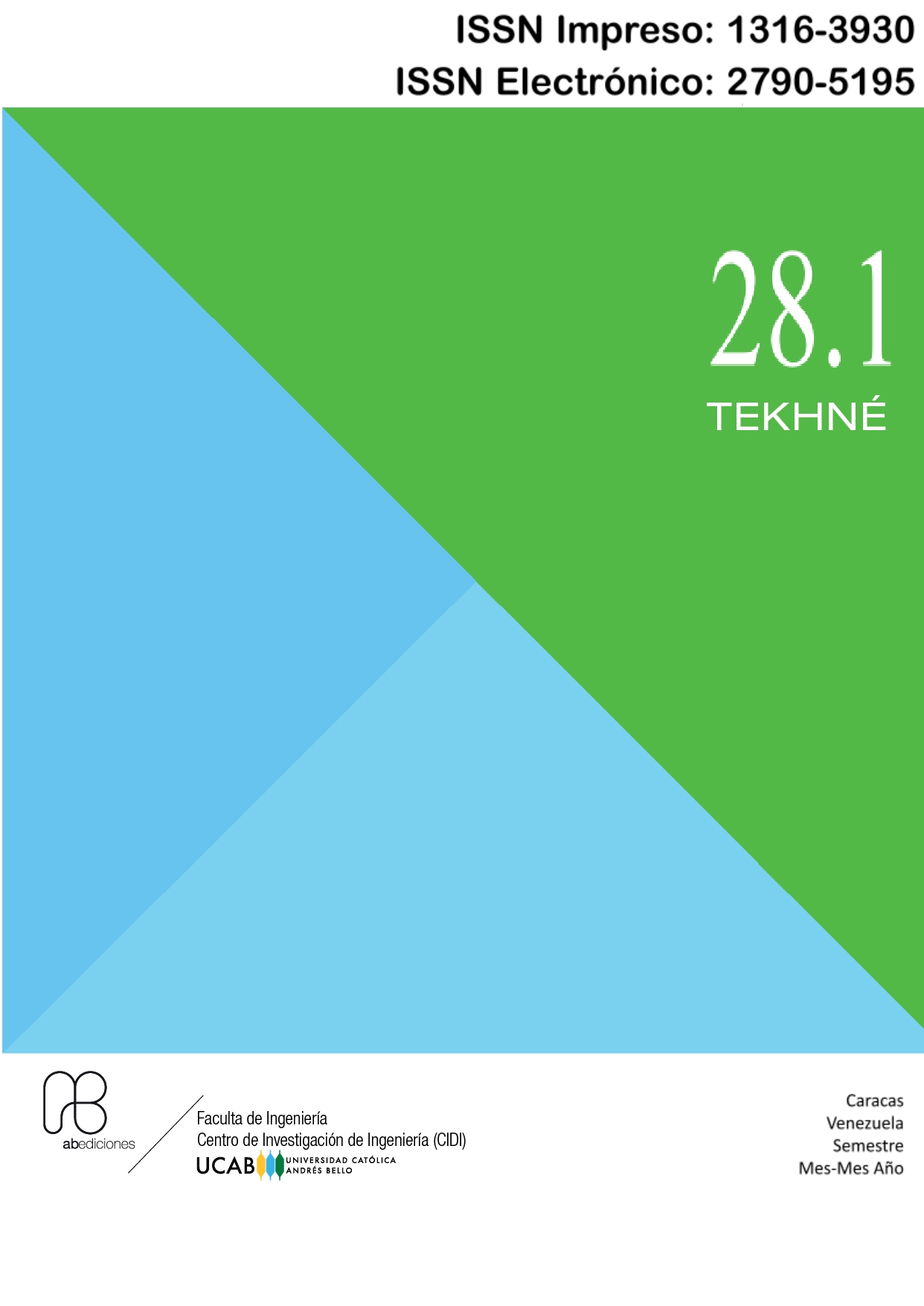Control de sistemas con incertidumbres paramétricas empleando el análisis de intervalos
Control of systems with parametric uncertainties using interval analysis
DOI:
https://doi.org/10.62876/tekhn.v28i1.7032Resumen
Se propone un método que integra el enfoque algebraico de asignación de polos, el principio del modelo interno y la teoría matemática de análisis de intervalos para diseñar un controlador robusto de orden fijo que garantiza el seguimiento de una entrada de referencia con error de estado estacionario nulo y el rechazo asintótico de señales de perturbación para plantas con incertidumbre paramétrica. El modelo seleccionado para la planta es una función de transferencia intervalo donde se suponen conocidos los extremos de cada intervalo. El diseño se formula a través de un sistema de ecuaciones lineales intervalo cuya solución se efectúa empleando el programa INTLAB resultando en un controlador intervalo. El método se aplica en tres casos de interés práctico como son un proceso de flujo de calor, un sistema de tanques acoplados y un motor de corriente continua de excitación independiente. Las aplicaciones se seleccionaron para considerar diferentes fuentes de incertidumbre y el desempeño alcanzado en cada caso muestra la eficacia del método propuesto.
Descargas
Publicado
Cómo citar
Número
Sección
Licencia
Derechos de autor 2025 Tekhné

Esta obra está bajo una licencia internacional Creative Commons Atribución-NoComercial-CompartirIgual 4.0.




